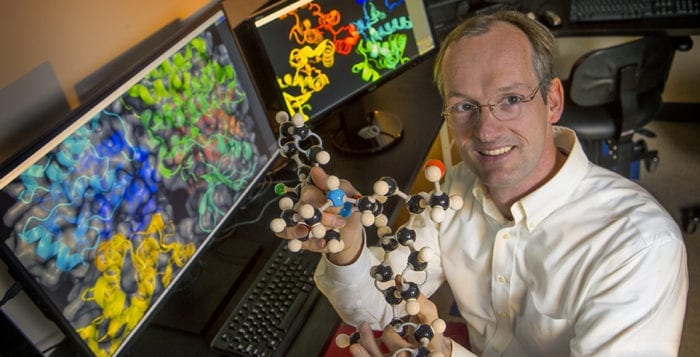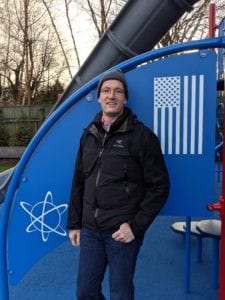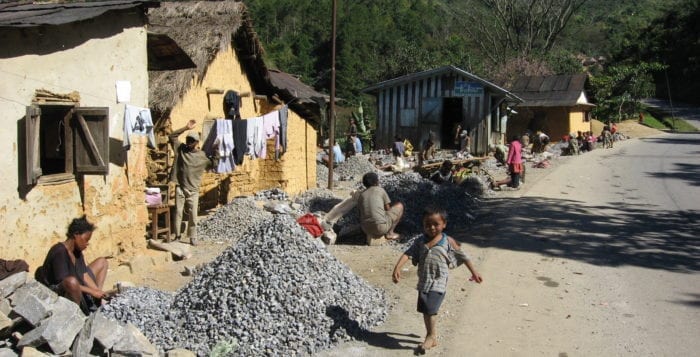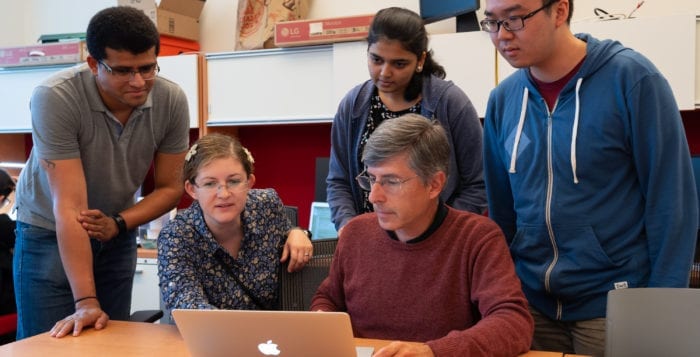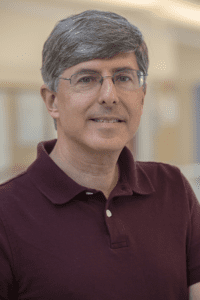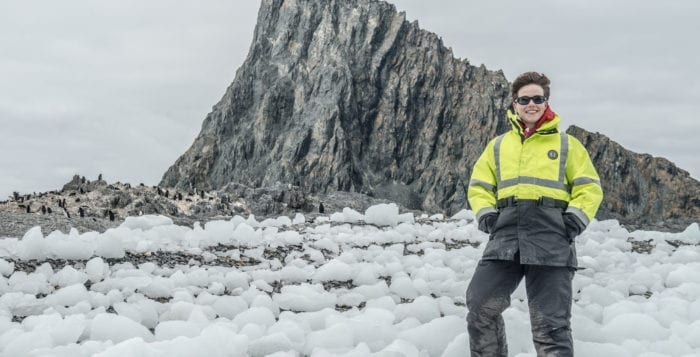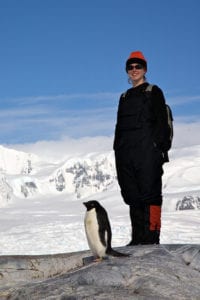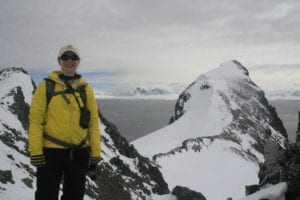By Daniel Dunaief
This is part one of a two-part series on autism research conducted by Hyunsik Kim and Erin Kang.
If someone in a family behaves in ways that are difficult to understand, the family might look for a support group of people with similar characteristics, visit a doctor or seek to document and understand patterns.
Finding a doctor who has seen these types of behaviors, speech patterns or actions before could provide comfort, as the physician may either engage in a course of treatment or provide context and understanding for the current behaviors. The doctor may also offer advice about any likely changes in behaviors in the near or distant future.
For researchers, understanding a range of symptoms, some of which might be below the threshold to meet a specific diagnosis, can lead to a more specific awareness of a condition, which could help guide patients toward an effective treatment.
Hyunsik Kim and Erin Kang, graduate students in the Department of Psychology at Stony Brook University, recently published papers examining autism, hoping to get a more specific understanding of subtle differences and symptoms.
Kim was looking for a better way to conceptualize autism. He used advanced statistical methods to compare three theoretical perspectives to find the one that best characterized the symptoms.
“According to my study, autism is not an all-or-nothing phenomenon, but is dimensional [and is] comprised of three related spectra of behaviors,” he explained.
Researchers can characterize everyone’s autism symptoms through a combination of levels in each domain.
Each of these three areas can range from very mild to severe. As an analogy, Kim suggested considering the quality of being introverted. A person can be mildly, moderately or highly introverted, which offers a continuum for the dimension of introversion.
In a dimensional approach that involves exploring these three different categories, researchers can get a better understanding of the symptom profiles.
“For decades, people thought of autism as purely categorical,” said Matthew Lerner, an associate professor of psychology, psychiatry and pediatrics in the Department of Psychology at Stony Brook University. “You either have it or you don’t. In fact, autism was thought of as the easiest diagnosis to make.”
Kim, however, has “a goal of answering the fundamental question: what are we talking about when we’re talking about autism?” Lerner said. “Slowly, autism has morphed from the most categorical to the most dimensional. Literally, people talk about the spectrum when they talk about autism.”
With a dimensional approach based on levels of the three major domains for diagnosing autism, Kim suggested that researchers and doctors could better understand people who fall just below the current diagnosis for autism.
“It’s especially important to identify individuals who show a borderline range of symptoms, who barely fail to meet the diagnostic criteria of a given disorder, and provide them with appropriate treatments,” Kim explained.
Ideally, he hopes a dimensional approach incorporates the severity of symptoms into the current diagnostic system to promote better treatment procedures and outcomes.
Kim recognized that he could have just as easily created a dimensional approach that incorporates a greater number of criteria. His statistical analysis, however, revealed that the three dimensions provide the parsimonious explanation about autism symptoms.
Kim analyzed data from a parent questionnaire. He recognized that self-reporting by parents may underestimate or overestimate the severity of symptoms. He believed the over and under estimate of symptoms likely “evened out.”
Lerner suggests this multidimensional approach has numerous implications. For starters, it can help capture more of the types of symptoms in a diagnosis. It can also highlight the specific area of autism a clinician might want to target.
“We should be focusing on the factors that are most relevant for the individual and which are getting in their way,” Lerner said.
Treating autism broadly, instead of focusing on specific symptoms, may be “misguided,” Lerner added. A more specific characterization of autism could also help advance the field of neurogenetic research. “With more contemporary genetic analysis, we can use findings like this as a road map for what those genetic differences mean,” he said.
For his next step, Kim hopes to expand this work to observational data, adding that to the existing pool of information from parental questionnaires.
“People go on a home visit and take video of autistic kids interacting with others,” Kim said. “We can have some people code their behavior.”
More broadly, Kim would like to answer fundamental questions about the classification and conceptualization of mental disorders by using advanced quantitative modeling and other data-driven approaches. He believes a factor may represent a person’s vulnerability to developing a specific mental disorder.
A high level of this factor, combined with life stressors or adversity, would make it more likely that a person develops a disorder. As someone who studies psychology, Kim said he is well aware of his own emotional patterns and he tries to use his training to help himself cope.
He is not particularly comfortable doing public speaking, but he tells himself that whatever anxiety he feels is normal and that his practice, knowledge and expertise should allow him to succeed.
A resident of Middle Island, Kim lives with his wife Jennifer. The couple has two young children. Kim describes his wife as a “really good” amateur baker, who bakes cakes, muffins, cookies, macaroons, chiffon cakes and more. He has encouraged her to start her own YouTube channel and one day they hope to open a bakery that is online and offline.
As for his autism work, he hopes the dimensional approach is “incorporated into the assessment stage so that individuals do not merely receive a diagnosis, but are informed of their unique symptom profiles, so that clinicians can take them into consideration.”

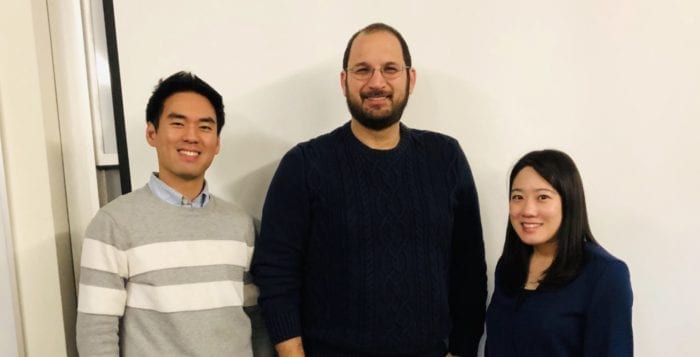

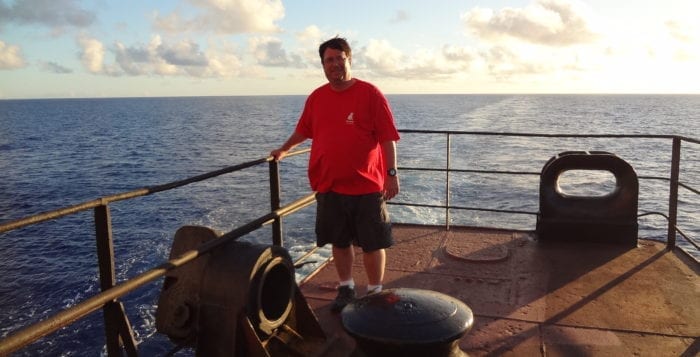
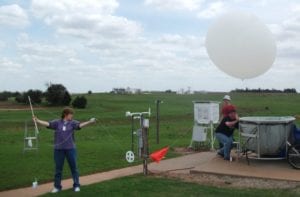
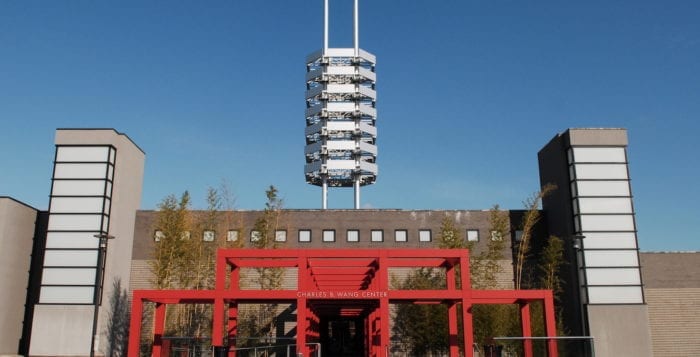


 Q: You are coming to Stony Brook to perform. Do you have some special connection with SUNY?
Q: You are coming to Stony Brook to perform. Do you have some special connection with SUNY?